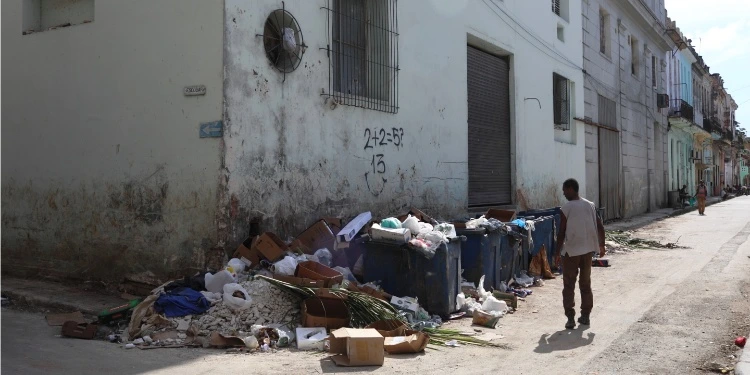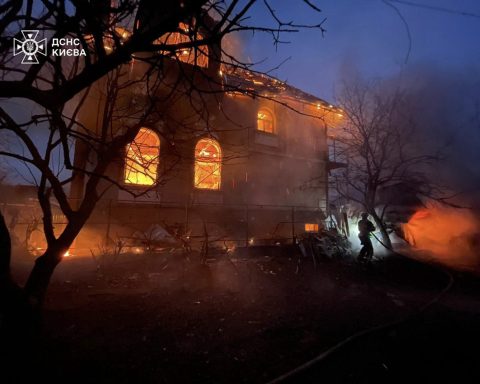HAVANA, Cuba.- A few days ago, when I called a couple of friends by phone to let them know that I was going to visit them, they responded: “Don’t come, my house is flooded with bed bugs”.
Bedbugs have added to the other serious problems that Cubans are going through. Tinydifficult to detect at first, produce severe bites on the skin, very annoying itching, and hives, and are transmitted through clothing and packages that infect in public places that do not always have adequate hygiene.
In the past it was said that bed bugs were typical of places that were not well cleaned, but it has been proven that this is no longer the case. Today the bed bugs They are invading homes where hygiene has always predominated.
My home, where neatness and cleanliness abound, was recently invaded by a bedbug infestation, and some furniture and mattresses had to be thrown away to eliminate the insects.
You often see mattresses thrown away and burned in the streets. Their owners find no other way to get rid of bed bugs.
Eliminating such bugs at this time is a long and complicated task, since there are no fumigators that have the necessary product to exterminate them.
According to a friend who is a fumigator, Tefemo or Galgotrín should be used, which are the ideal poisons for bed bugs, but as he told me: “There are no more, perhaps it can be found in hotels and tourist centers, but its price, yes.” appears, it would be exorbitant”.
The few MINSAP workers who still work in the sector, on the left, do the service and use permethrin as a substitute, which is not adequate because it does not eradicate the eggs of bed bugs, which reproduce in a short time. time.
The cost of fumigation is between 2,000 and 3,000 pesos. This operation has to be repeated three times over several weeks, therefore, the total payment is between 6,000 and 9,000 pesos. If we add the replacement of discarded objects, we will have a sum of no less than 80,000 pesos, an amount that is almost impossible for the vast majority of Cuban families to raise unless they receive help from abroad.
Among other insects…
Other insects that proliferate are mosquitoes and gnats that were previously rare in cities. With their bites they can transmit dengue and chikungunya, which can, in extreme cases, cause death.
Years ago there were frequent fumigation campaigns in homes and the elimination of water and garbage dumps was practiced to eradicate vectors. Now, due to lack of oil, they hardly fumigate anymore, except when a suspected or confirmed case is reported in an area.
There is also an invasion of cockroaches and there are no reliable poisons to eradicate them. The imported aerosols sold by self-employed workers and MSMEs are scarce, and have unaffordable prices for the majority of the population.
Termites and traces are very destructive to books and clothes. They are quite difficult to detect in time, and if no action is taken in a timely manner, they turn the invaded object into a ruin.
I add to these pests the guasasas, which although not harmful, are very uncomfortable.
And what about mice and rats, transmitters of bubonic plague and leptospirosis, which thrive in the tons of uncollected garbage that accumulate in the streets. Although, in general, these animals appear in houses on the ground floor, they also invade the upper floors, as has happened in my eight-story building, where on two occasions they have entered my apartment and those of other neighbors.
For these plagues, as for other calamities, as well as the catastrophe of the national economy, the government, instead of the responsible organizations, invariably blames the “blockade.”

















